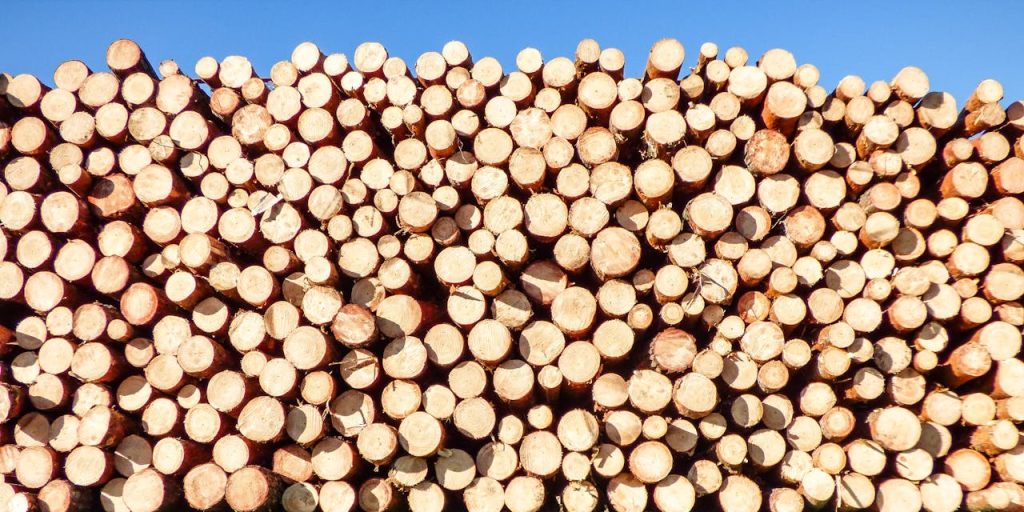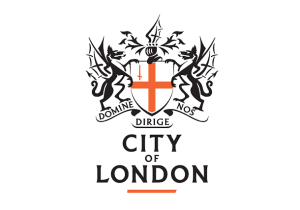Picture the scene: you’re at home, enjoying a break from the hustle and bustle of work and family, soaking up the warmth of a roaring fire.
In 2023, over 1.5 million British homes use wood for fuel – whether it’s an open fireplace or a log burner. If you’ve recently invested in one, you’ll need to get up to speed on everything from how to use it and maintain it, to the right kind of wood to try.
That’s where we come in. Today, we’ll look at types of wood you could throw on your fire – and how seasoned and unseasoned wood compares.
Seasoned wood: what it is and why it’s good
You might not know it, but damp or moist wood isn’t ideal for burning. In fact, the wetter the wood, the more smoke it produces – as well as byproducts, like creosote, which can block your flue. That’s why wood for log burners needs to be seasoned. It’s a way to dry the wood naturally, so that any moisture inside it evaporates away. The result is a cleaner burn, greater efficiency and better air quality.
Unseasoned wood: what it is and why it’s bad
In comparison, unseasoned wood hasn’t been dried. Sticky creosote and tar will accumulate on parts of your log burner like the flue, and you’ll produce a lot of smoke. Our arborealists recommend seasoning your wood for at least 6-12 months to keep moisture content low (it should be 20% or lower). The dampness in the wood causes a cooler burn too, which makes it less efficient for heating your home.
Bear in mind that it can be difficult to tell by sight if wood is dry enough to burn, especially as some varieties can be porous. But, there are a few ways to test it:
- Slap two pieces together, and see if it makes a dull thud or “ring” sound. Wet wood tends to make a heavier noise (and will be heavier in weight, too).
- Split a piece open and use a wood moisture meter to check it. You might want to do this on a couple of logs, or in different places on the same log, to ensure it’s dry enough throughout.
How to season your wood
You can do this either by storing outside or inside. If storing outdoors, you’ll need a log store, and must keep any logs off the ground to prevent moisture seeping in. Try to position the store in a sheltered place where logs will get plenty of sun, but have some protection from the elements.
If storing indoors, you can stack next to your burner, bring a log store into your home or arrange in baskets or on shelves. Many homeowners like to store wood inside as the process can be a lot faster, and the wood makes an attractive design feature in the home.
Kiln or oven-dried methods are also popular. These involve using heat (typically powered through gas or electricity, though sometimes through wood or solar energy) to dry the wood more quickly and evenly. There are some great benefits of using kiln-drying, such as:
- Killing fungi and insects present in the wood
- Avoiding cracks and splits in the logs
- Greater control of the moisture content (which can be brought down to around 18%)
Softwood and hardwood differences
Next, a note on the type of wood you’re using:
- Softwood tends to be cheap, fast-burning, eco-friendly and quicker to season.
- Hardwood tends to be pricier and take longer to grow, but burns for longer and with greater heat.
You’ll also need some specialist equipment for preparing your firewood, and bear in mind that when it comes to managing large trees on your land, it’s often best to call in an expert, like our Bromley and South East London tree surgeons.
Contact us for expert care
If you’re based in Bromley or South East London and are looking for the best tree service in your area, you’re in good hands.
Our arborealists can also give you expert advice on tree care and maintenance, so you can handle your plants yourself. From the right tools for different jobs, to spotting signs of decay, damage and disease, we’ll keep your garden healthy and enjoyable all year round. Get in touch to find out more.
We also sell firewood – take a look!
















